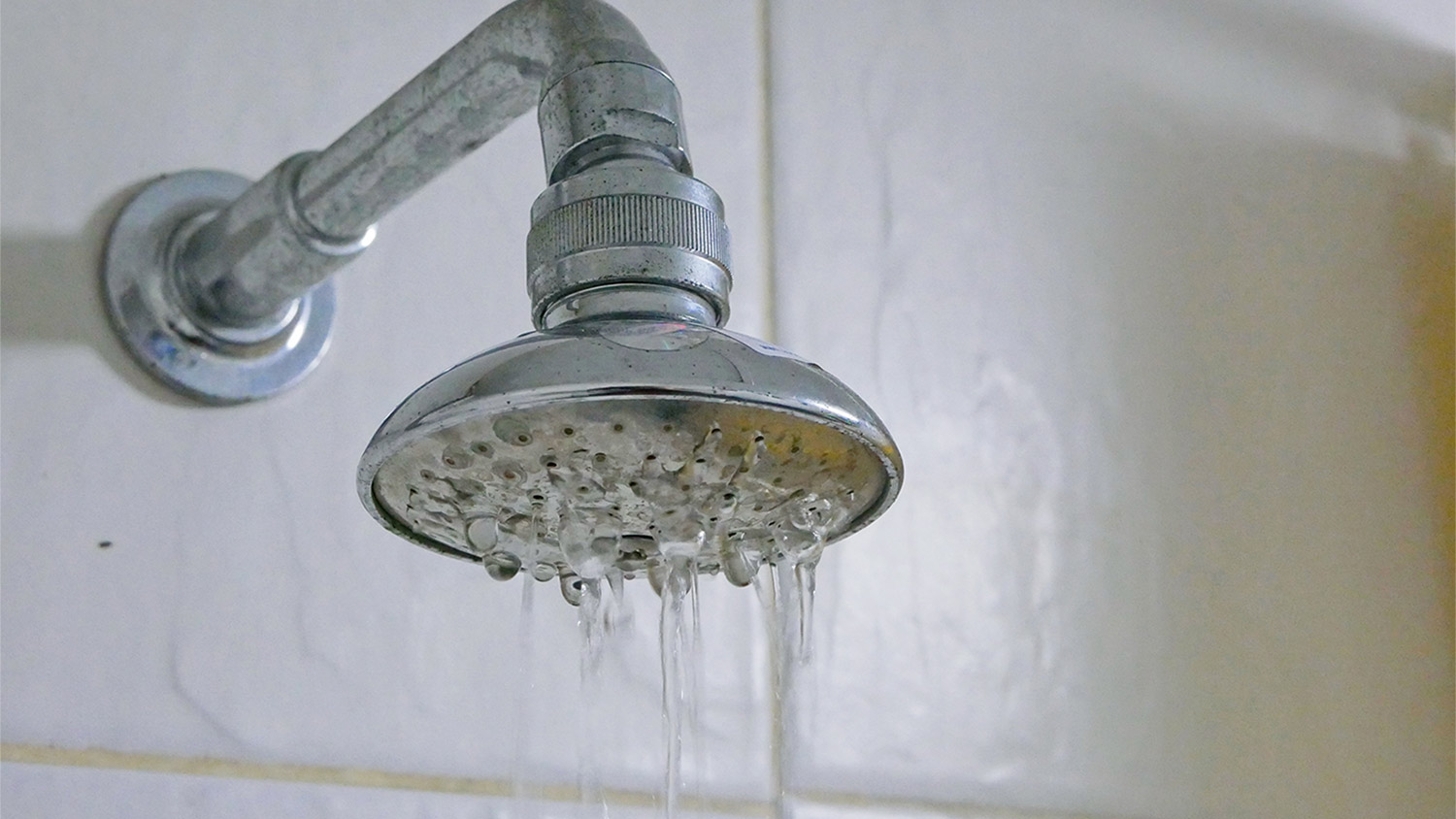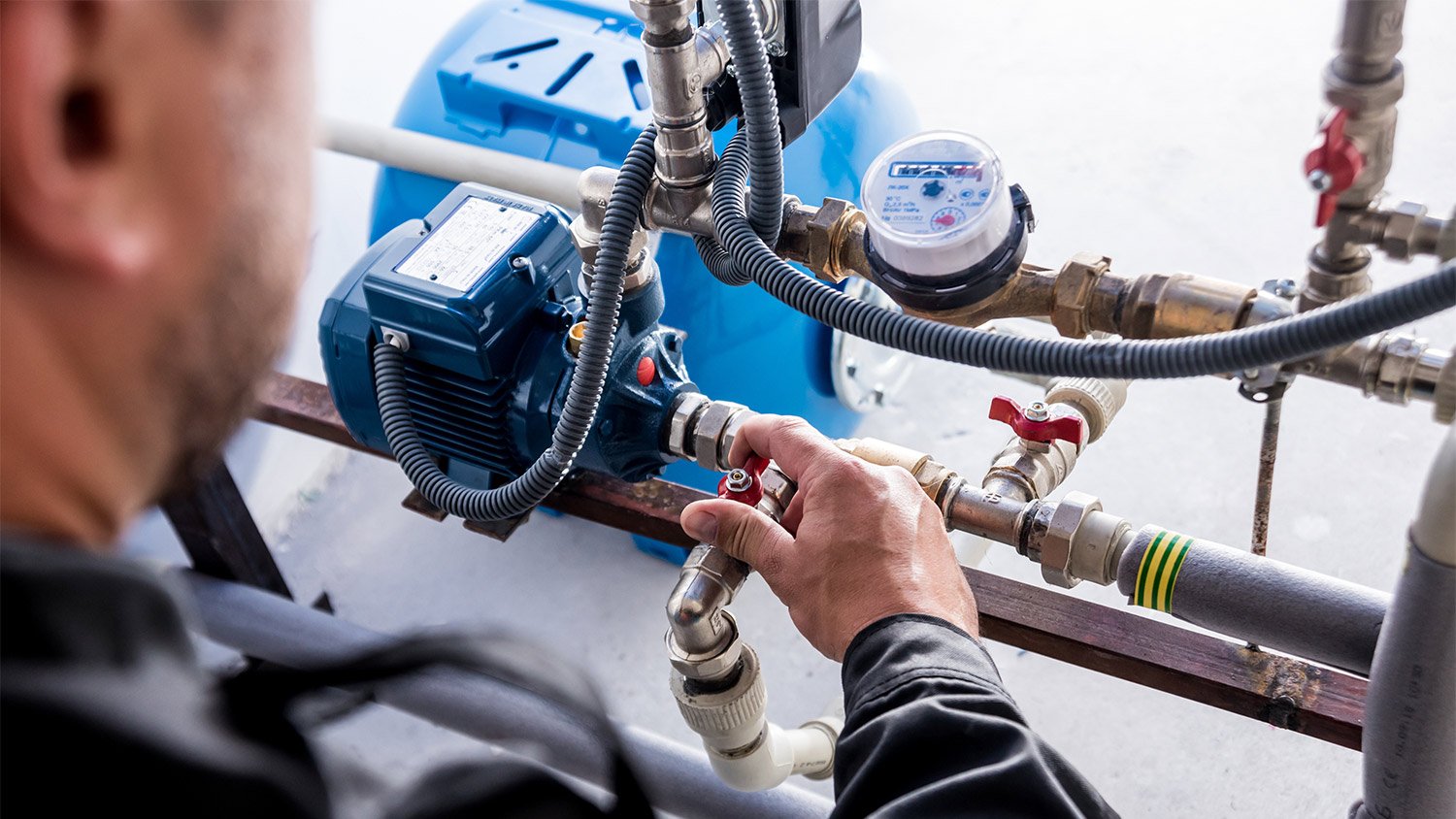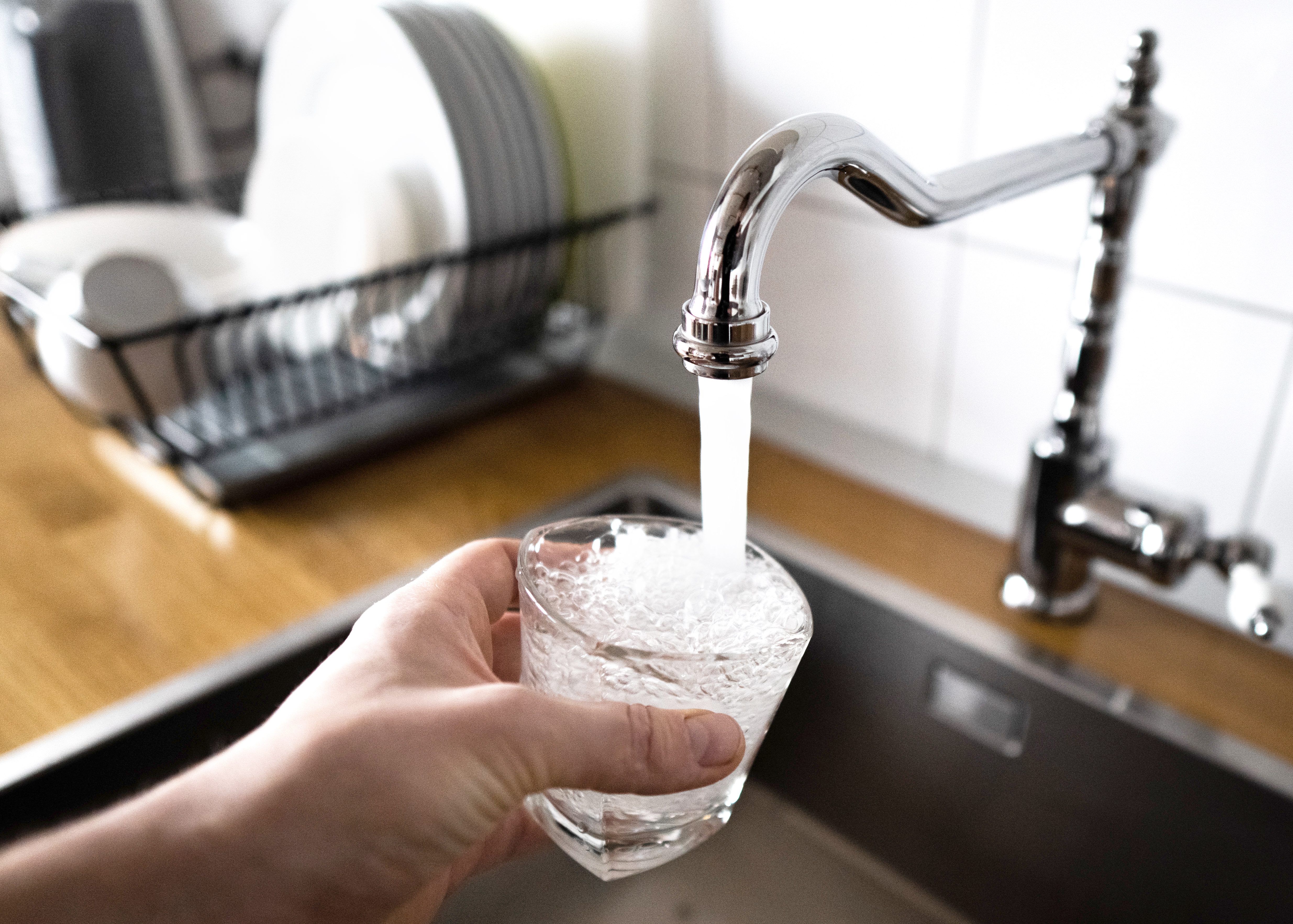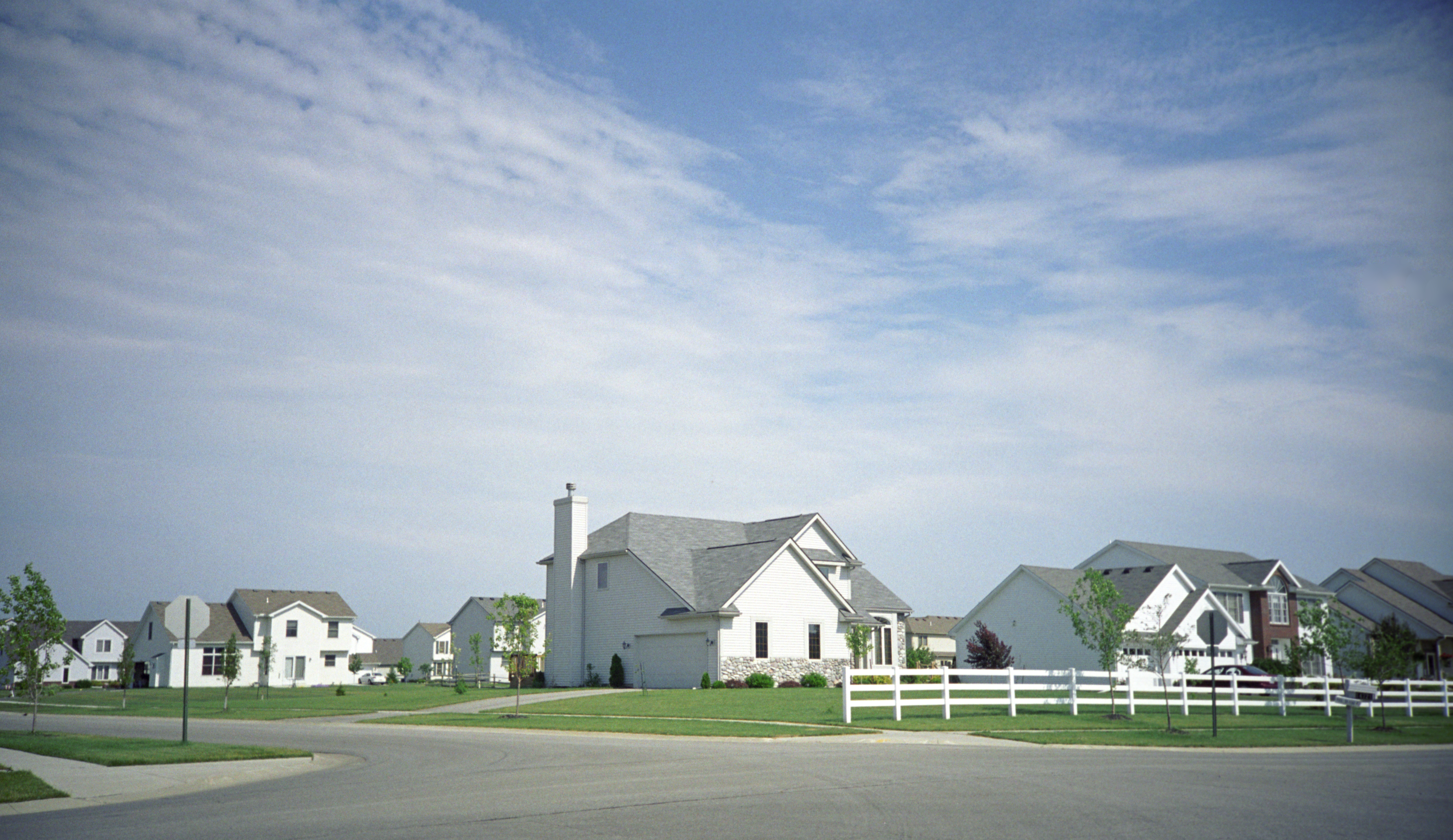
Learn how much plumbers cost in Columbus, Ohio. Discover pricing for faucet repairs, pipe work, and emergency services, plus how you can save money.
Fixing your water pressure might be easier than you think


There's nothing quite like a hot shower to start the day off right or to wind down at the end of the evening. But if that shower is low on pressure, it puts a serious damper on the experience. Fortunately, you can fix many water pressure problems yourself with the right tools and know-how. Use this guide to troubleshoot and fix your water pressure problems so you can start enjoying your showers again.
There are a few causes of low water pressure, including some that you can fix fairly easily and some that will require some help from a plumber and some heavy-duty equipment.
If your water pressure is suddenly low, these causes may be to blame:
Sediment buildup: Minerals and sediment can build up in your pipes, causing water to flow more slowly. This gunk can also build up on your fixtures, like your showerhead, which can impede your water pressure. The same goes for any rust or corrosion—over time, this can also slow down the flow of water.
Leaks: Water pressure will suffer if water is diverted elsewhere in the form of a leak.
Issues with the water pressure regulator: If your water pressure regulator is on the fritz, this issue can cause much lower pressure than usual. However, you’ll typically need a pro to help you fix any problems here.
Using too many fixtures at once: If you’re trying to shower while the dishwasher is running and your roommate is trying to water the lawn, you can expect the water pressure to be lower, as water is being directed to many different places.

Since there are several potential causes for water pressure problems, you'll need to do some troubleshooting to find the root cause. To prepare, gather some tools and supplies like a water pressure gauge and household supplies like vinegar, a plastic bag, and a rubber band for cleaning the showerhead. Depending on your problem, you might not need all of these items, but having everything ready will make troubleshooting and fixing your water pressure easier.
Since the exact cause of low water pressure can be tricky to nail down, try these steps in order until you fix the issue. If all else fails, calling a professional is the best move.
Water is often delivered to a home through a city's municipal water supply, but it might also be delivered through a well on your property. Either way, it's a good idea to test the pressure of the water that's being delivered from the source. To do so, make sure no water is running in your home by turning off all faucets and any appliances that use water, such as the dishwasher and washing machine.
Next, grab a water pressure gauge with a hose connection and screw it onto one of your home's outdoor hose faucets. Once it's screwed on tight, turn on the faucet all the way and check the reading on the gauge. A reading below 45 PSI indicates that you're receiving low pressure from the well or your city. A reading between 45 and 60 PSI is normal, and a reading above 80 PSI is too high.
If your reading falls outside of normal ranges and you have a city water connection, you can call the city to see if they can boost your pressure. If your water comes from a well, then you likely need a new well pump or a bigger well to accommodate your household's water needs, in which case you should call a pro to help. If you have a normal reading, skip the next step and move on to checking your water main valve.
If your water pressure problem stems from the city and the city says they can't increase your pressure, consider installing a water pressure booster. These boosters cost an average of $800, but they can cost $1,000 or more, depending on their size and features. It's best to hire a local plumber to install one of these for you unless you have a lot of experience.

If you found a normal PSI reading, then the next troubleshooting step is to check your water main valve. It's usually located outside or in the garage near your water meter. Once you find it, make sure the valve is completely open; if it's only open halfway, then that's likely the cause of your low pressure, so all you need to do is open it all the way up. If the valve is already completely open, proceed to the next troubleshooting step.
You'll usually find a water pressure regulator, also called the pressure-reducing valve, right next to the water main valve. It’s typically brass and looks a bit like a bell. Most of these valves are already set at 50 PSI, but if yours is set lower or higher, you can adjust it by turning the screw. In some cases, this is all you need to do to fix your water pressure.
However, these valves typically only last for 10 to 15 years, so if yours is more than 10 years old or shows signs of deterioration, you might need a new one to fix the problem. If the valve is in good condition and properly set, and your water pressure is still low, move to the next step.
If you're still experiencing water pressure problems after taking the previous steps, then you might have a clog in one or more of your fixtures. Fortunately, unclogging your showerhead or similar other fixture is often an easy fix. All you need to do is place a plastic bag filled with vinegar over the faucet or showerhead in question. Use a rubber band to keep it in place, and let the fixture soak in the vinegar overnight. You can also choose to remove the fixture, if possible, and soak it in a bowl of vinegar.
The next day, rinse off the fixture and see if it fixed the problem. If not, head to the next step.
In some cases, low water pressure is due to a leak in one or more of your pipes. To check whether your main water pipe has a leak, turn off all of the faucets inside and outside of your home. Then turn off the main water valve and check the water meter; write down the number on the meter.
Wait for two hours, then come back to the meter. If the number is higher than the number written down, you might have a leak, in which case you should call a plumber to repair or replace your pipe.
Some water pressure fixes are easy and inexpensive for just about any homeowner. For instance, if you have low water pressure because your water main valve isn't all the way open, then all you need to do is open it up to fix it. However, if you need new pipes or a bigger well, or you want to install a water pressure booster, then you'll want to hire someone with plumbing expertise to take on the task.
You’ll also want to hire a pro to take a look if none of the solutions above fixed your water pressure issues. They’ll be able to take a closer look and suggest more solutions.
From average costs to expert advice, get all the answers you need to get your job done.

Learn how much plumbers cost in Columbus, Ohio. Discover pricing for faucet repairs, pipe work, and emergency services, plus how you can save money.

Learn about main water line repair costs in Columbus and what affects pricing to be prepared before you start getting estimates.

Discover the leading factors affecting your main water line replacement cost in Columbus, including length, material selection, and installation details.

Winter can be particularly harsh on your plumbing—from water heater issues to frozen pipes. As the weather gets chilly, use these tips to prepare your home and avoid a costly winter plumbing leak.

If your faucet hasn’t been working like it used to, you might need a replacement. Here’s how to replace a kitchen faucet like a plumbing pro.

Learn how to remove a bathtub drain for cleaning or replacing, whether you’ve got a simple toe-touch stopper or a more complicated trip-level model.